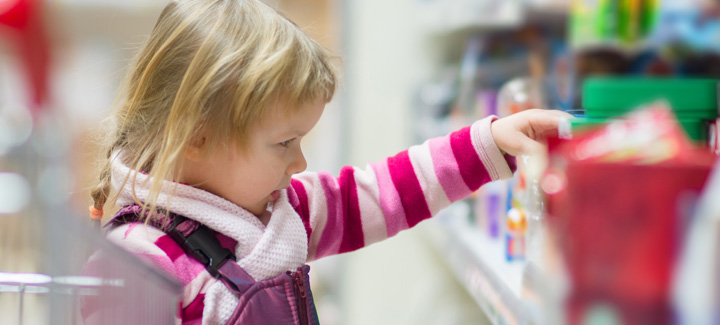Age Grading and Age Labelling on Toy Packages
Virtually all toy packages include information on the ages of children that the product is intended for. The age grade is determined by the features of the toy and the age at which a typical child would have developed the abilities for which those features are appropriate. Age grading is important as toys for children of one age may have features that are not suitable for children of another, e.g. toys for children under 3 should be designed so that they don’t have small parts and do not release small parts under foreseeable use and abuse situations.
Manufacturers, regulators and child safety experts should reference standardised guidelines when determining the intended age grade of toys. The USA CPSC, EU Commission and ISO all have guidelines that are substantially aligned. The most recent of these is ISO/TR 8124-8 which has also been adopted as a European and an Australian Standard.
Cautionary Labelling
Toy safety standards specify that products with certain features include safety information or warnings. These may be information that a particular product is unsafe for a child under 3 due to small parts or information that the toy contains functional sharp points and edges or any of several other potential hazards. Some information is required to be provided by regulation, e.g. information on the hazard of discharging projectiles at the eyes or face.
Safety labels must be visible, easily legible, understandable and indelible. Regulations may specify the colour and height of certain warnings.
Adult Supervision
The age grading and cautionary labelling is generally intended to be read at the point of sale by a caregiver or responsible adult in order to help with the buying decision.
Caregivers should be aware of potential hazards and provide instruction or supervision to the user on the safe use of the toy. Toys that are not safe for a particular age group should not be bought for them, no matter how clever they are. Toys for older children that are not safe for younger siblings should be kept separately and put away when not in use.

